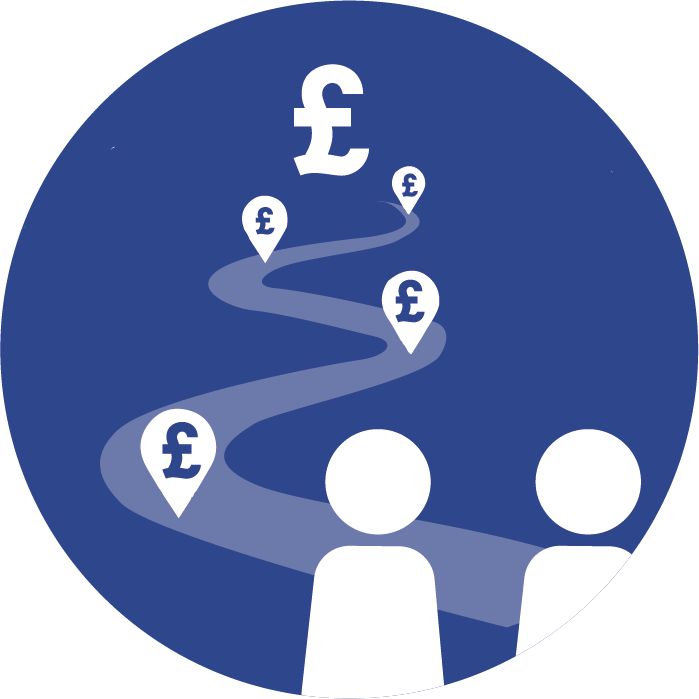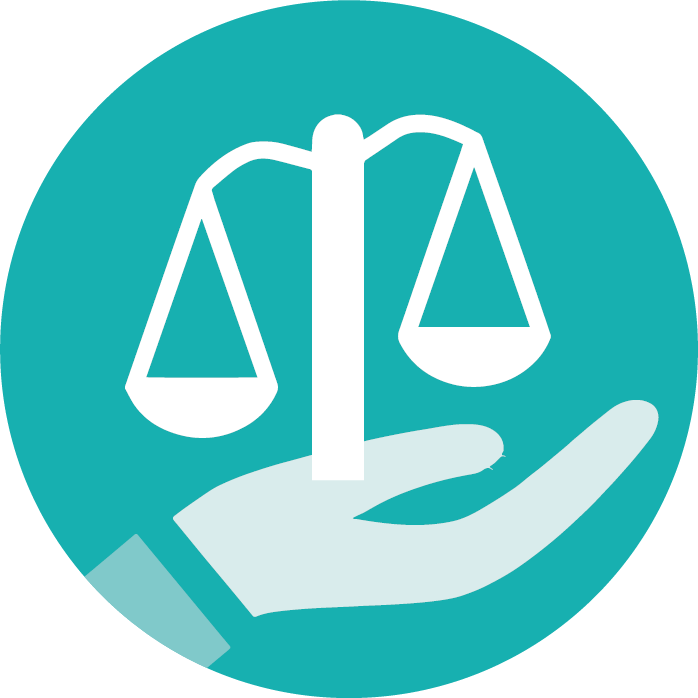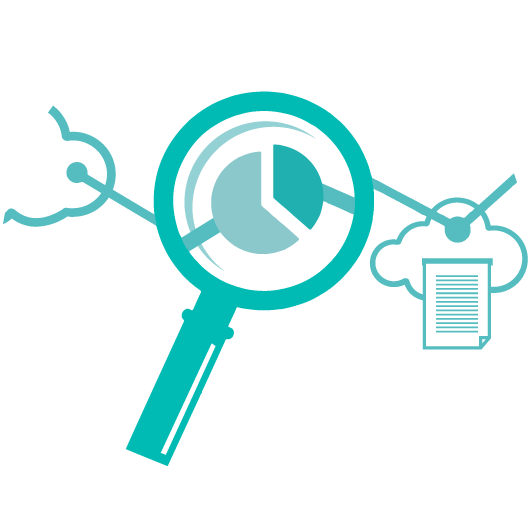Capital Allowances (CAs) represent a valuable tax deduction for your business. They can be claimed on a wide variety of capital assets including plant, machinery, equipment, fixtures & fittings and vehicles.
As the assets you have purchased depreciate, you can claim a Capital Allowance for this loss in value.

When should you make a claim?
You can make a claim at any time while you own the asset. Ahead of deciding to purchase an asset we can advise you on whether it will qualify for Capital Allowances, and you can factor this into your purchase decision and asset repayment plan.
Capital allowances are treated like a business expense and can be deducted from your profits or added to a loss at your financial year end.
There are a range of allowances available, including the Annual Investment Allowance (AIA), which offers a reduction in taxable profits of 100% of the allowable expenditure.
The temporary £1 million limit for the AIA will be extended again as per Budget 2021 – to 31 December 2021.
Super deduction (announced in Budget 2021)
Super-deduction allows an uncapped 130% capital allowance on plant and 50% first-year allowances.
Companies investing in qualifying new plant and machinery between 1 April 2021 and 31 March 2023 will benefit from new first-year capital allowances.
Investments in main-rate assets – those that qualify for 18% writing down allowance (WDA) – will be relieved by a 130% super-deduction, while investments in assets qualifying for 6% WDAs will benefit from a 50% first-year allowance.

Planning point
It is important to seek expert advice before investing in new plant and machinery. The 130% super deduction, combined with the current corporation tax of 19%, means that for every £100,000 you spend, you get £24,700 back in tax reductions.
In 2023 Corporation Tax will rise to 25% so with no super-deduction, a £100,000 expenditure would allow for a tax reduction equalling £25,000.

 R&D Tax Credits
R&D Tax Credits  Cashflow matters
Cashflow matters  Business grants
Business grants  Capital Gains Tax Planning
Capital Gains Tax Planning  Funding Matters
Funding Matters Tax Planning + Advice
Tax Planning + Advice Strategy + Planning
Strategy + Planning